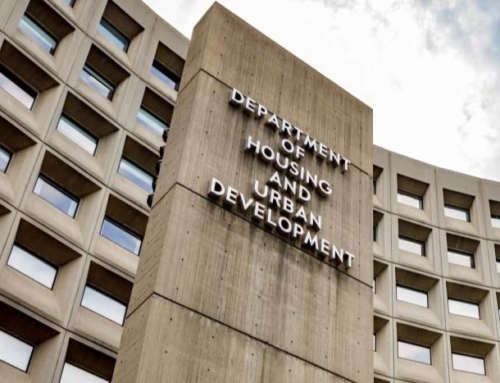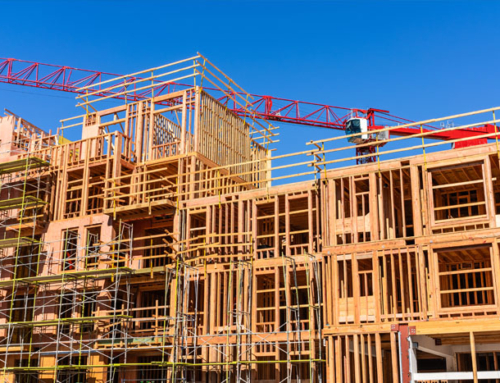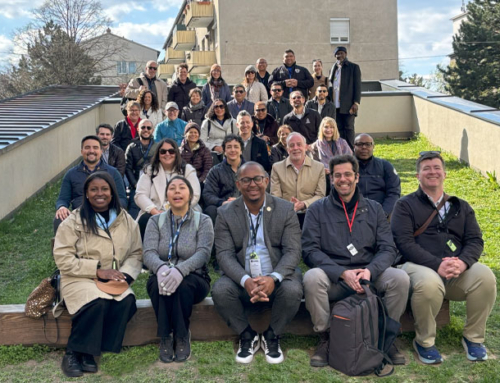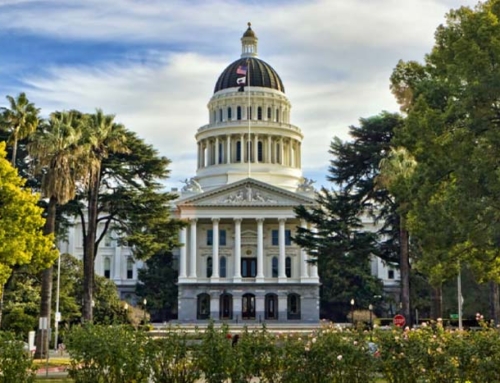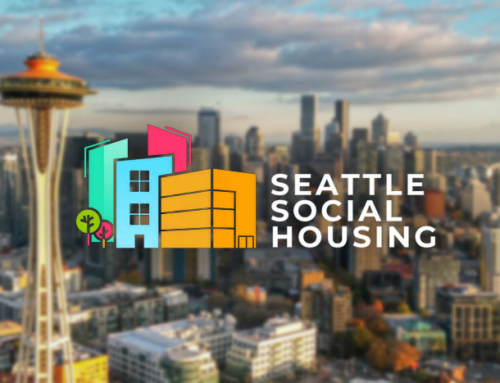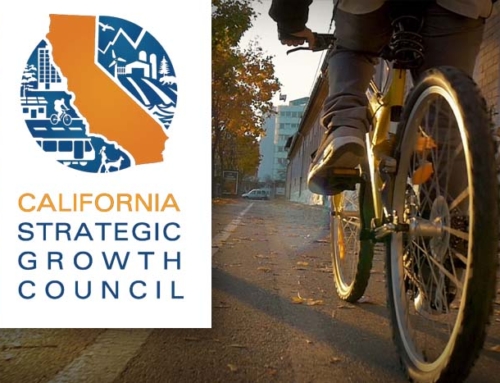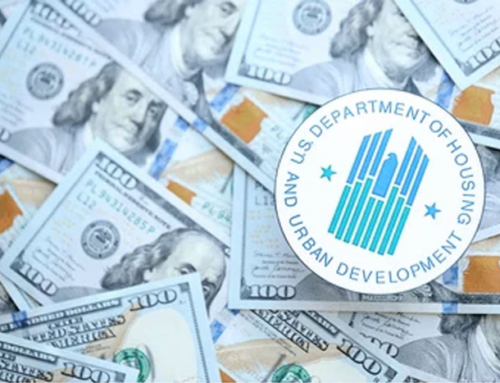The significant levels of housing investment that were included in the BBB Act would have addressed decades of federal underinvestment in affordable housing, particularly for the nation’s lowest-income households. As President Biden said when he announced the Plan’s framework, these funds would have enabled the construction and rehabilitation of more than one million affordable homes.
For starters, one of the most significant policy shifts was to include resources to address homelessness into major HUD programs including the voucher and HOME programs. The majority of the $25B for new vouchers was targeted for extremely low-income households experiencing homelessness or eminent risk of homelessness and survivors of human trafficking and domestic violence.
Housing Choice Vouchers and Project-Based Vouchers— $25 billion in rental assistance for hundreds of thousands of additional families. According to the National Low-Income Housing Coalition, this is the single largest expansion of rental assistance in the past 50 years. The Center for Budget and Policy Priorities estimates that this would provide around 42,500 extremely low-income Californian families with rental assistance, phased in over 5 years and funded through 2029.
Public Housing Capital Needs— $65 billion to preserve existing public housing developments throughout the country that are in need of rehabilitation to address deferred maintenance. Funding for public housing maintenance has not been a funding priority for more than 20 years, so many of these homes are in serious disrepair.
Homeownership for First-Generation Homebuyers— $15 billion in funds for downpayment assistance to help hundreds of thousands of new homebuyers purchase their first home and begin to build wealth.
National Housing Trust Fund— $15 billion for the National HTF to finance the development and preservation of an estimated 150,000 new homes for extremely low-income families. California is expected to receive approximately $2.7 billion of this allocation.
HOME Investment Partnerships Program— $10 billion for eligible activities under the HOME Program, including direct rental assistance and the purchase, new development, and rehabilitation of both affordable rental and for-sale homes.
Community Development Block Grant Program— $3 billion for eligible CDBG activities, including $700 million for housing and infrastructure needs in colonias and $500 million for manufactured housing communities.
Community Restoration and Revitalization Fund— $3 billion for competitive grants to nonprofits working in rural, suburban, and urban areas to pursue affordable housing activities, with $500 million of the total set aside for community land trusts and shared equity homeownership.
Unlocking Possibilities Program— $1.6B in grants available for jurisdictions to streamline regulatory requirements, shorten processes, and reduce barriers to housing supply and $100M for technical support, administration, research and evaluation.
Other programs funded include:
– Section 202 ($500 million)
– Section 811 ($500 million)
– Revitalization of Distressed Multifamily Properties ($1.6 billion)
– Improving Energy or Water Efficiency/Climate Resilience of Affordable Housing ($2 billion)
– Lead Based Paint Hazard Control/Housing Related Health and Safety Hazard Mitigation ($5 billion)
– Section 515 Rural Rental Housing and Section 514/516 Farm Labor Housing ($2 billion)
In addition to these critical funds, the Build Back Better Plan includes historic investments in the Low-Income Housing Tax Credit (LIHTC) program, with an allocation of $12 billion. It also incorporates a number of important provisions, including lowering the bond-financing threshold from 50% to 25% for a five-year period (from 2022 to 2026), increasing the annual LIHTC allocation and tying it to inflation, providing a permanent 50% basis boost for properties where at least 20% of the homes are restricted for households with extremely low-incomes, and providing a permanent 30% percent basis boost for properties in Indian areas by designating Indian areas as Difficult to Develop Areas. You can read more information here.
As the Plan moves through Congress, together with the release of a new State budget and constantly shifting local priorities, the continuous mapping and analysis of new initiatives, policies, and funding programs is imperative to position applications for success. LeSar’s Capital Mapping service provides clients with detailed information on Federal and State budgets customized to focus on your capital needs.
© LeSar Holdings/LeSar Development Consultants. All Rights Reserved. Please be advised that any republishing of copyrighted material provided by our organization, in whole or in part, requires prior written authorization. For permission, please reach out to [email protected]. We appreciate your understanding and compliance in upholding copyright laws.




